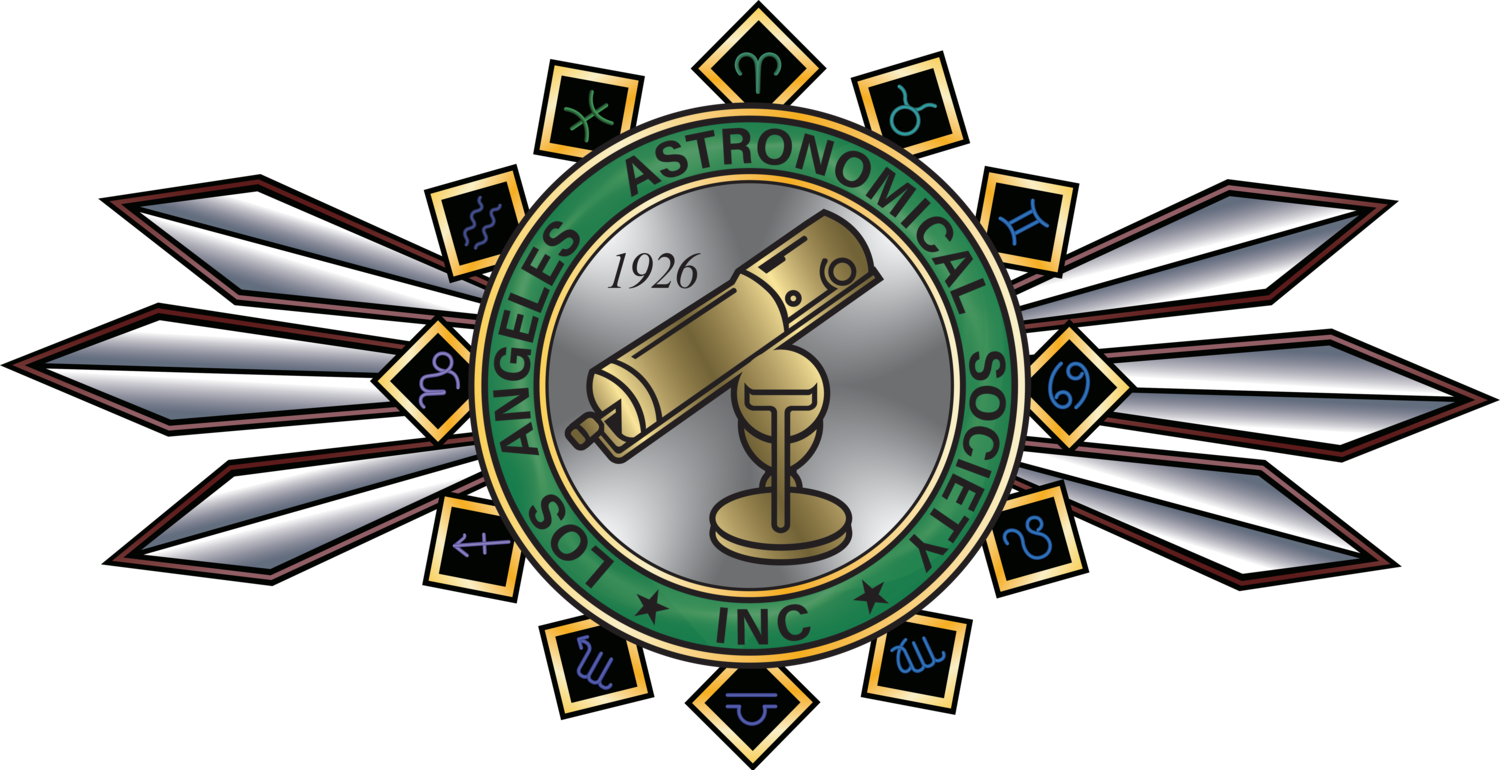
Frequently Asked Questions
+ How can I become a member?
Go to our membership page. https://www.laas.org/membership
+ How long would it take to get to the closest habitable planet?
Last year, astronomers raised the possibility that our nearest neighbor, Proxima Centauri, has several potentially habitable exoplanets that could fit the bill. Proxima Centauri is 4.2 light-years from Earth, a distance that would take about 6,300 years to travel using current technology.
+ What kind of telescope should I buy?
A. The best telescope to get is one that you will use. One of the things that often happens is, in the excitment and enthusiasm of purchasing a first telescope, you might buy a scope that is too big to lug to a dark place or is more complicated than expected. So after a while, the scope sits unused in a garage. Before you invest in a new telescope, consider the size, weight, and dimentions of any scope. Make sure the telescope will fit in your car. Consider attending one of our public star parties at the Griffith Observatory to ask our active members about their telescopes or join us at the Garvey Ranch Observatory on Wednesday nights to speak with members about their telescope experiences. For more information check out Space.com link below for a helpful video explaining the basic types of telescopes[https://www.space.com/15693-telescopes-beginners-telescope-reviews-buying-guide.html]
+ Saturn: What are the rings made of?
A. The rings of Saturn are the most extensive ring system of any planet in the Solar System. They consist of countless small particles, ranging in size from micrometers to meters,2 that orbit about Saturn. The ring particles are made almost entirely of water ice, with a trace component of rocky material. There is still no consensus as to their mechanism of formation. Although theoretical models indicated that the rings were likely to have formed early in the Solar System's history,2 new data from Cassini suggest they formed relatively late.[3]
Although reflection from the rings increases Saturn's brightness, they are not visible from Earth with unaided vision. In 1610, the year after Galileo Galilei turned a telescope to the sky, he became the first person to observe Saturn's rings, though he could not see them well enough to discern their true nature. In 1655, Christiaan Huygens was the first person to describe them as a disk surrounding Saturn.[4] The concept that Saturn's rings are made up of a series of tiny ringlets can be traced to Pierre-Simon Laplace,[4] although true gaps are few – it is more correct to think of the rings as an annular disk with concentric local maxima and minima in density and brightness.2 On the scale of the clumps within the rings there is much empty space.
The rings have numerous gaps where particle density drops sharply: two opened by known moons embedded within them, and many others at locations of known destabilizing orbital resonances with the moons of Saturn. Other gaps remain unexplained. Stabilizing resonances, on the other hand, are responsible for the longevity of several rings, such as the Titan Ringlet and the G Ring.
Well beyond the main rings is the Phoebe ring, which is presumed to originate from Phoebe and thus to share its retrograde orbital motion. It is aligned with the plane of Saturn's orbit. Saturn has an axial tilt of 27 degrees, so this ring is tilted at an angle of 27 degrees to the more visible rings orbiting above Saturn's equator. For mor info, https://en.wikipedia.org/wiki/Rings_of_Saturn
+ Why do comets have tails?
Comets are probably best known for their long, luminous tails. Comets are composed of frozen ice and dust. If a comet’s orbit takes it close to the Sun, the solar radiation will cause the volatile materials in the comet to vaporize, carrying some of the dust along with them. As the Sun shines on this vaporized material, known as the coma, it begins to glow. The solar wind pushes the material out away from the comet. These tails are actually plumes of dust and gas that are ejected from the comet as it nears the Sun. Because of this, a comet’s tail always points away from the Sun. Comets will usually have two tails, one from dust reflecting the sunlight, and the other formed from ionized gas.
+ How far is the closest star?
The simple answer is that the Sun is the closest star to Earth, about 93 million miles away, but that might not answer your question. Outside of our Sun, our system's nearest neighbor is Proxima Centauri. Our nearest star at only 4.24 light years away.
+ Did Gallileo invent the telescope?
Many people believe that Galileo invented the telescope, but they would be wrong. It was actually Hans Lippershe from Holland who assembled the first telescope. Several years later however, Galileo became the first person to point a telescope up, to look at the stars. With his early telescope, Galileo was able to see the craters on the moon, the rings of Saturn, and the four major moons of Jupiter. They are known as the Galileon Moons.
+ How far is the Moon from Earth?
The distance between the Moon and the Earth averages 238,857 miles (384,403 kilometers). The Moon’s orbit is not a perfect circle, it is an elipse so the distance varies. At its farthest point, it is 252,080 miles (405,686 km) away. Known as apogee, At its closest point, it is 225,621 miles (363,104 km) away. Known as perigee.
+ Where does Space begin?
It's defined as the area above the Earth’s atmosphere. But the boundary of the atmosphere gradually thins out as you move away and gain altitude NASA awards astronaut status to anyone who flies above 50 miles (80 km).
Ask Your Question
Questions posted here will be published in the FAQ section if they are of general interest.

Los Angeles Astronomical Society
c/o Griffith Observatory 2800 East Observatory Road Los Angeles, CA 90027
Voicemail: (213) 673-7355
E-mail: communications@laas.org
The LAAS is a 501(c)(3) nonprofit organization
